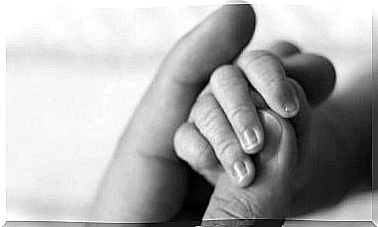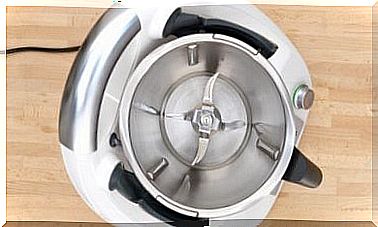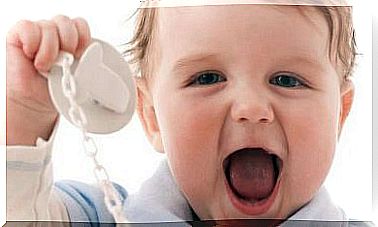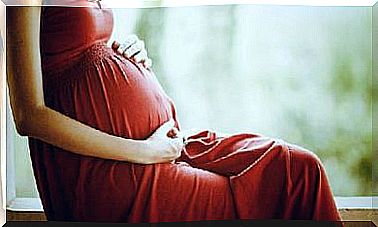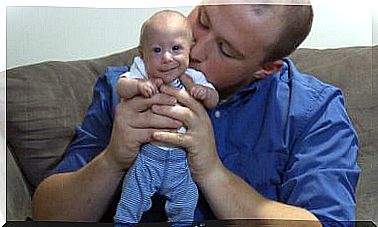Postpartum Headache: Everything You Need To Know
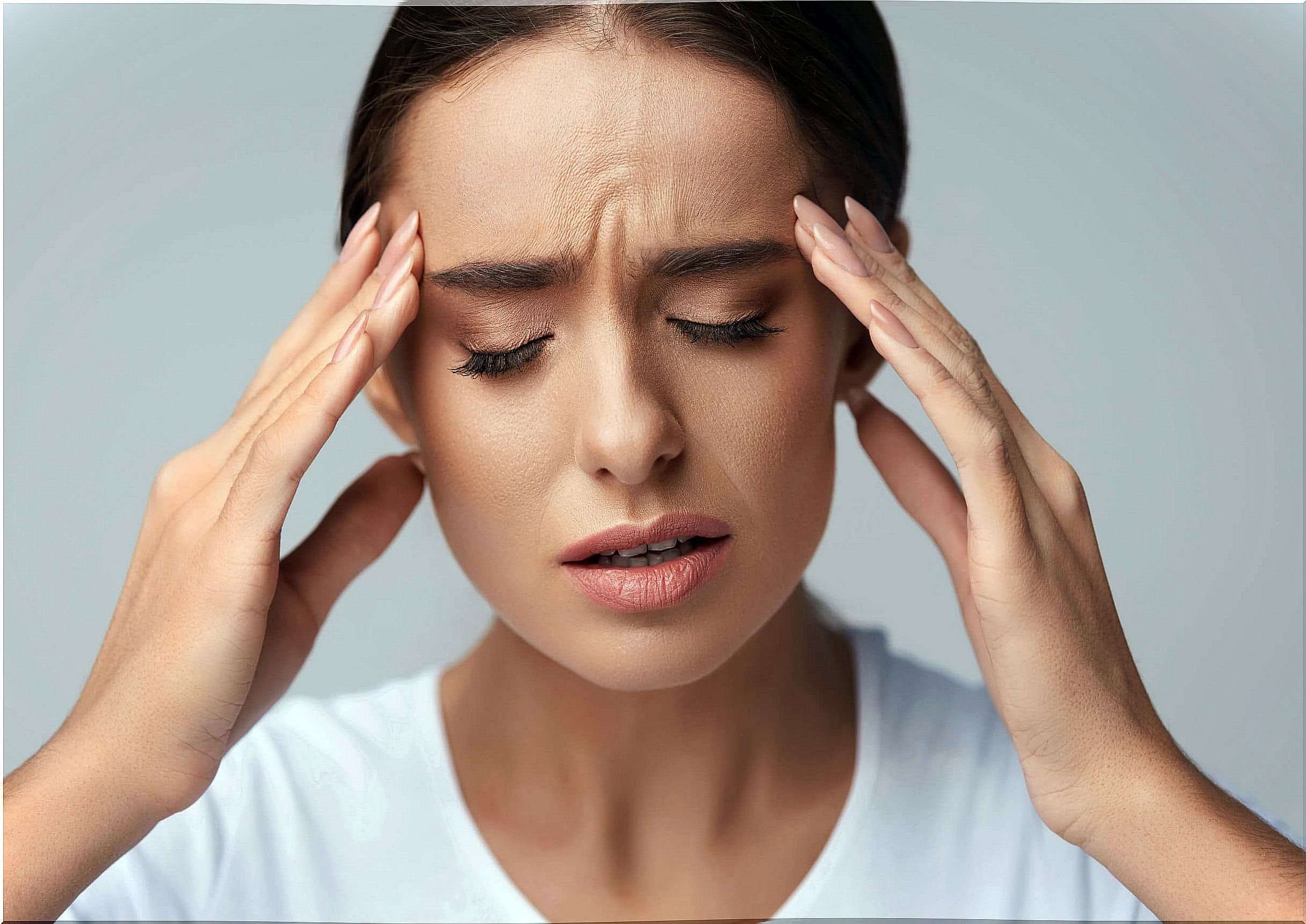
Headache after childbirth (a period known as the puerperium) is one of the biggest discomforts of this stage. Symptoms can vary in intensity and in some cases can become so severe that they interfere with daily life.
There are many causes capable of triggering pain. In the following lines we have summarized the most important ones; some of them as a natural consequence of childbirth or anesthesia and others in the context of some diseases. Are you interested? Keep reading!
What can cause a postpartum headache?
Next, we will talk about some of the most common triggers for this symptom, which in some cases can affect other populations as well.
Tension headache

The tension headache is one of the most common conditions in the general population. For this reason, it can be experienced during the immediate puerperium (that is, the first 24 hours after delivery). This is logical understanding the causes of this condition.
According to a publication of the National Library of Medicine of the United States, this pain is a consequence of the persistent contraction of the neck muscles.
Although not all mothers suffer from this condition, stress, temperature changes and staying in uncomfortable positions are factors that could favor the appearance of this clinical picture.
Migraine
It is common to confuse the terms migraine or migraine with any type of headache. The truth is that it is a chronic disease and different from tension headache. It is characterized by intense, long-lasting pain (even more than 24 hours) and is sometimes associated with sensory disturbances called auras .
It is a condition that usually occurs even from adolescence, so in most cases mothers will know of their diagnosis before delivery.
According to a Mayo Clinic publication, there are many triggers for a migraine attack. The most common are sleep problems, stress, and exposure to some medications.
In few cases, a phenomenon known as migralepsy may occur . As discussed in this clinical case report, affected patients often present seizures associated with pain. This usually motivates hospital admission to determine the causes of the disease.
Elevated blood pressure, one of the causes of headache after childbirth
Does the term preeclampsia sound familiar to you ? It is one of the most common complications of pregnancy. This is characterized by a dangerous and persistent rise in blood pressure, causing various symptoms such as swelling of the lower limbs, the production of foamy urine and headaches.
According to this scientific review article, most cases occur after the first 48 hours postpartum. Some of these patients may have suffered from pre-eclampsia during pregnancy, although others may begin after the baby was born, a condition known as postpartum pre-eclampsia .
It is a condition that usually requires hospital admission, since, despite the pregnancy being resolved, it can still cause problems in the mother’s body. Strokes are an example of this, although they are usually rare.
Postpartum depression
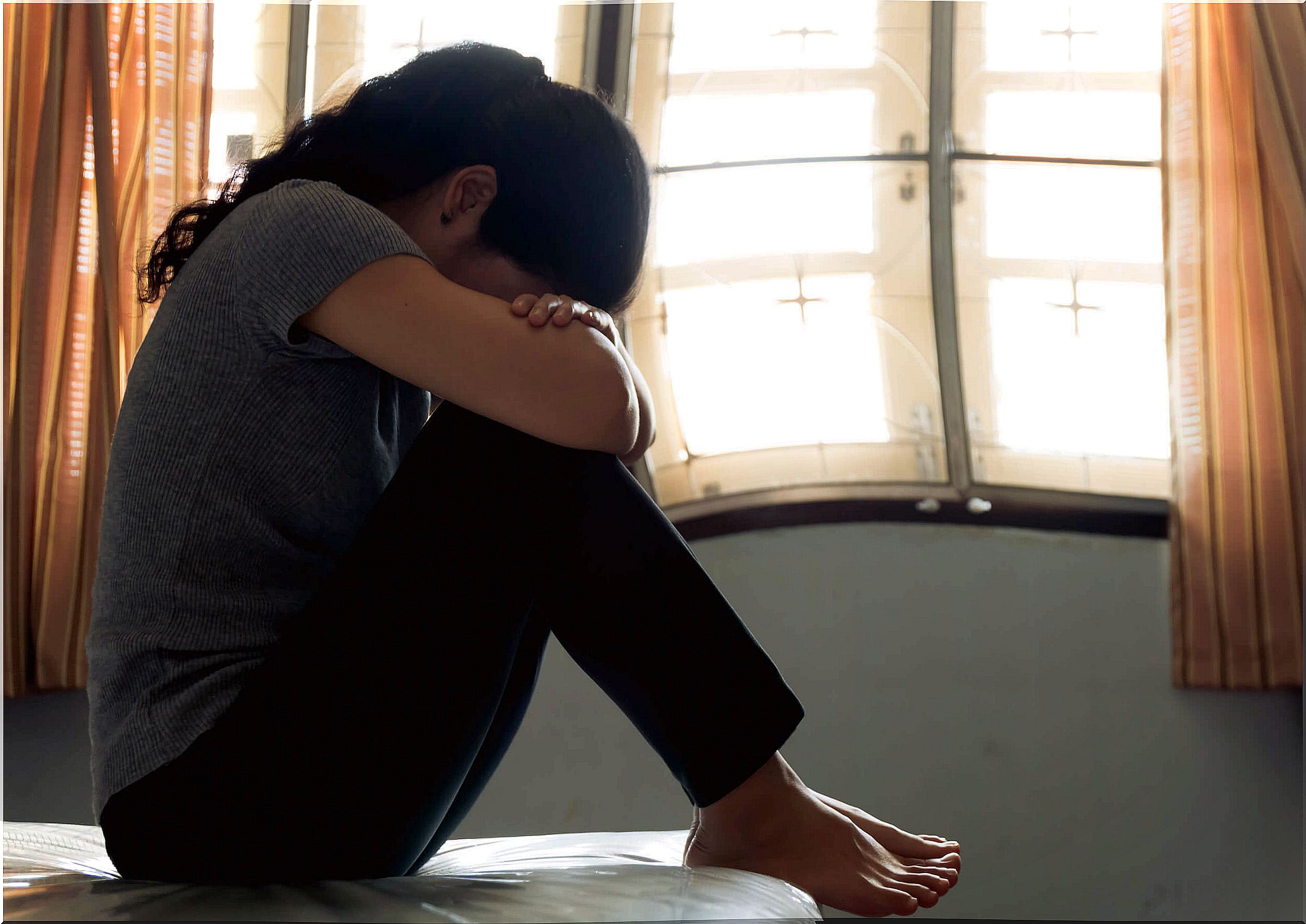
The postpartum depression is a condition that can be incapacitating for some of those affected. Although its main symptoms are associated with a feeling of deep sadness, somatic or physical symptoms can also occur.
According to a publication of the MSD Manual, headache is included among the rare symptoms of this condition. The pain can also include other areas of the body such as the back, which can contribute to the general state of apathy that characterizes this type of depression. Other of the most notable symptoms are fatigue, sleep disturbances, loss of appetite and, ultimately, suicidal ideations.
Adverse effect of anesthesia during labor
Those mothers who require or request the use of epidural anesthesia during labor are usually informed of the possible complications of this procedure. One of them is severe headache in the puerperium, something that also happens with patients who require a diagnostic lumbar puncture .
According to a scientific review article, post-puncture headache usually appears in the first 5 days after the baby is born. Affected patients usually experience some improvement when lying down, while the simple act of walking can be quite uncomfortable.
Postpartum headache does not usually go unnoticed
Although it is common to deal with headache throughout life, after delivery it can become a real nuisance. Not only because of the fact that at this time it is necessary to direct all the attention to the new member of the family, but because the symptoms of the aforementioned conditions are usually quite intense.
Fortunately, there are a large number of pain relievers capable of providing clinical improvement. Although most medications do not usually cause problems during breastfeeding, it is always important to have a medical evaluation and indication.


